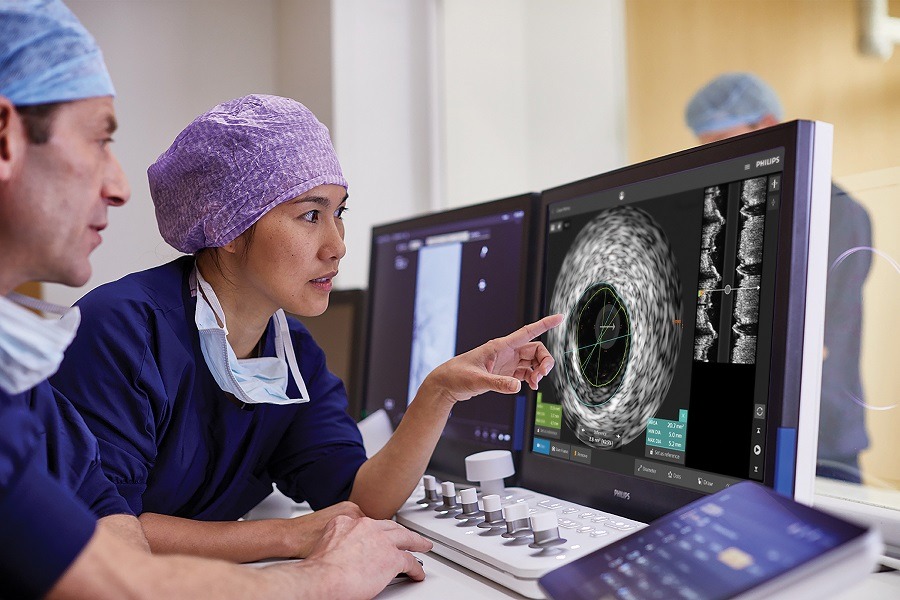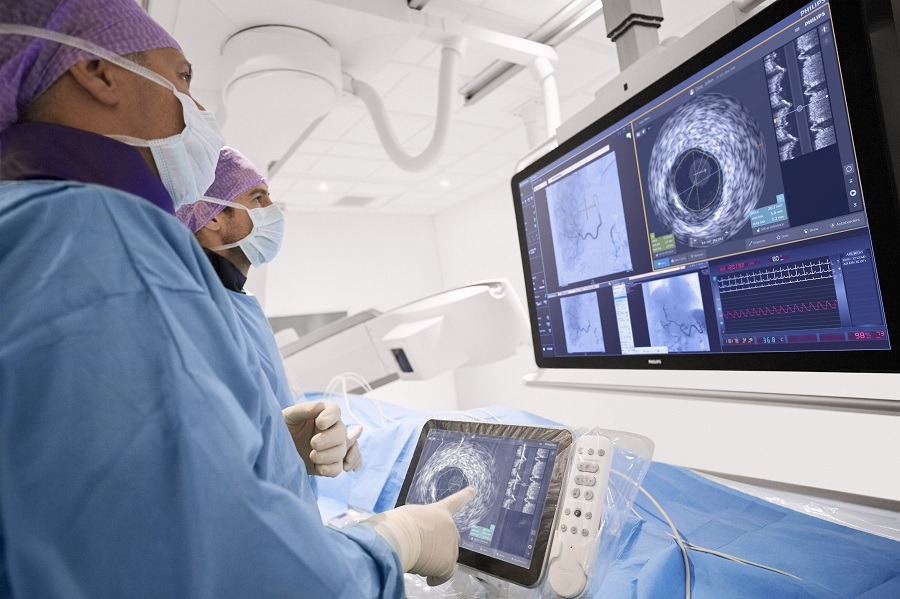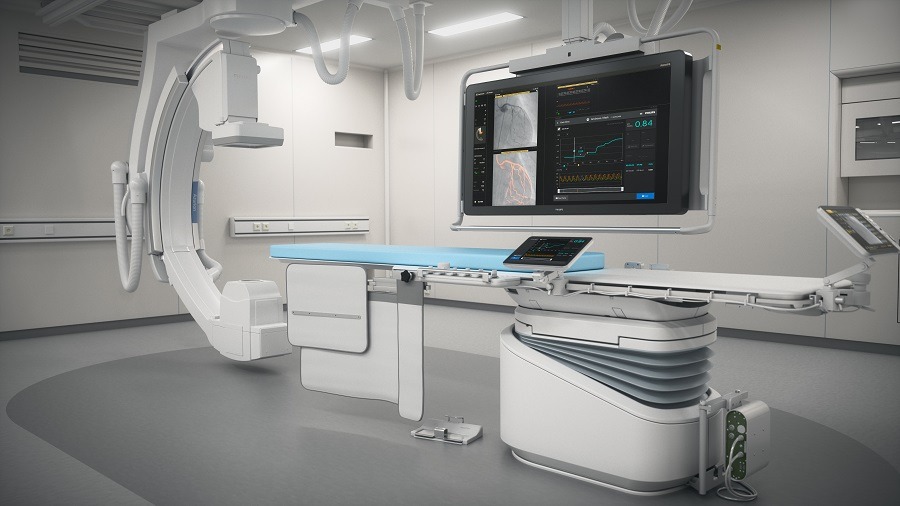
Philips has today launched its new IntraSight interventional technology, which looks to simplify complex treatments with its imaging software for cardiac and peripheral vascular (disease of blood vessels outside the heart) patients.
The new platform involves gathering anatomical and metabolic data from different imaging techniques in order to obtain enhanced images of diseased tissues, will speed-up routine procedures and provide improved patient care.
Its announcement comes after the integration the applications for image-guided procedures in to it catheterisation laboratories, which offers clinically-proven modalities such as instant flow reserve (iFR), Fractional flow reserve (FFR) and Intravascular ultrasound (IVUS).
Dr Rasha Al-Lamee, clinical academic interventional cardiology consultant at Imperial College Healthcare NHS Trust, said: “IntraSight has made an immediate impact in our lab, it is so simple and intuitive to use that it took us no time at all to get used to it.
“It has made using physiology and imaging even quicker and easier, which is a great advance for us and for our patients.”

Why Philips new applications integrating imaging software is important for catheterisation laboratory patients
Catheterisation laboratories are becoming more technologically sophisticated at an increasing rate as patients undergoing percutaneous (effected through the skin) procedures for the diagnosis and treatment of a variety of cardiac conditions such as angiogram, angioplasty or ablation grow.
Bert van Meurs, chief business leader image guided therapy at Royal Philips, said: “The range and complexity of cardiovascular diseases that can be treated with minimally-invasive procedures continues to expand.
“Correspondingly, the procedures themselves are also becoming more complex, increasing the demands on physicians to integrate different sources of information, decide on the best course of treatment for each patient, act on that decision and confirm the treatment’s effectiveness.
“IntraSight is an important step forward in integrating intravascular diagnostic applications into a smart, simple and seamless workflow in the interventional lab.”
IntraSight, SyncVision and iFR are part of Philips’ innovations in image-guided therapy, delivering smart, procedure-oriented tools to healthcare providers to make informed clinical decisions.
Philips SyncVision is part of the interventional platform that advances patient care “mapping both the pressure profile and IVUS measurements of the whole vessel onto the angiogram.”

It claims to be the only interventional platform that includes iFR physiology, Combines iFR and IVUS data with the angiogram and enables an entire case to be operated table side without “breaking scrub with the touch screen module.”
Combining iFR pullback, IVUS and co-registration tools, physicians can identify the precise locations causing ischemia (an inadequate blood supply to an organ, especially the heart muscles), plan stent length, placement with a virtual stent and predict physiologic improvement.
Through iFR, surgeons are able to make a simplified hyperemia-free physiological assessment of coronary blockages, and a technology adopted into clinical practice as it has proven to reduce costs, improving outcomes and enhance patient experience.
IntraSight is being showcased at the SCAI scientific sessions from 19 to 22 May in Las Vegas.






